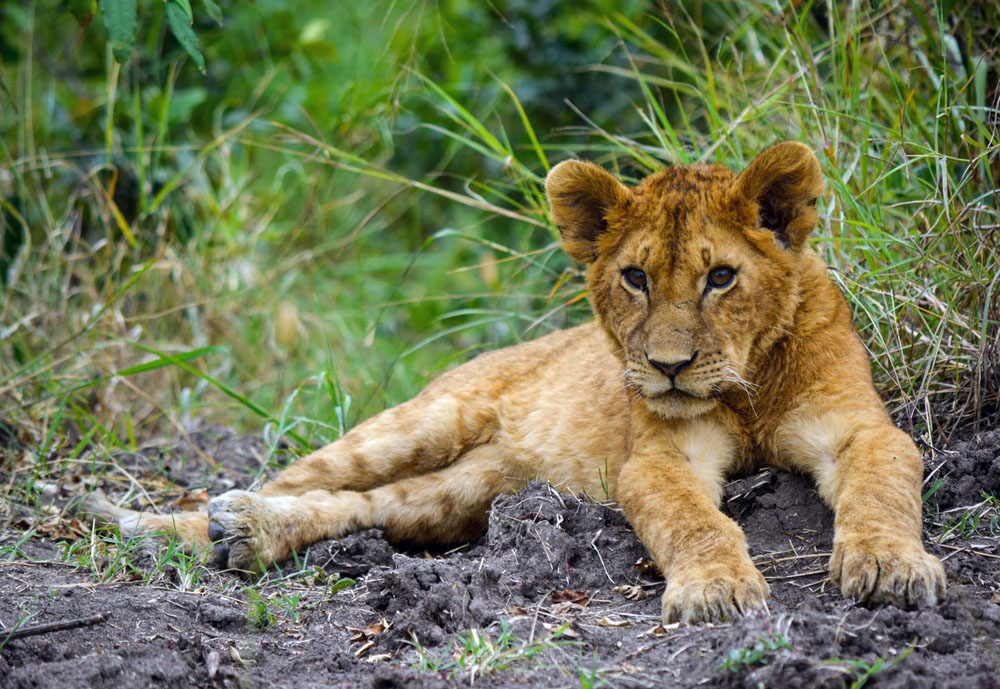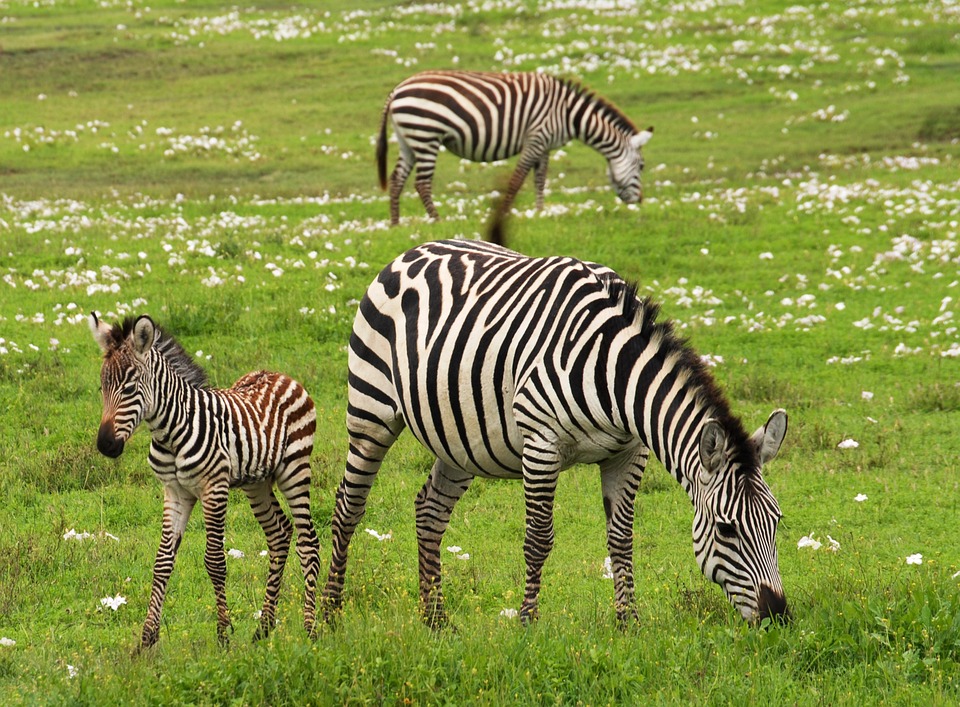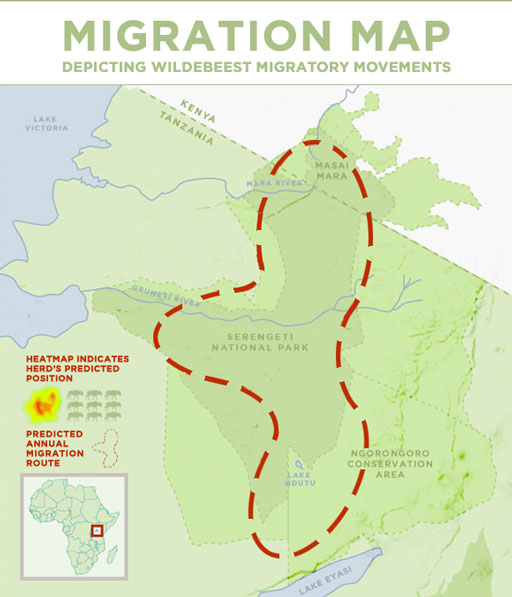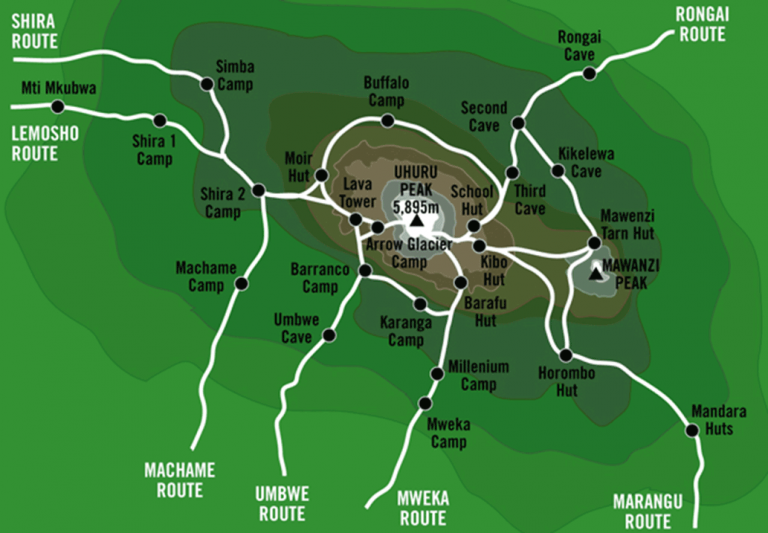The world's largest inactive, unbroken and unfilled volcanic caldera
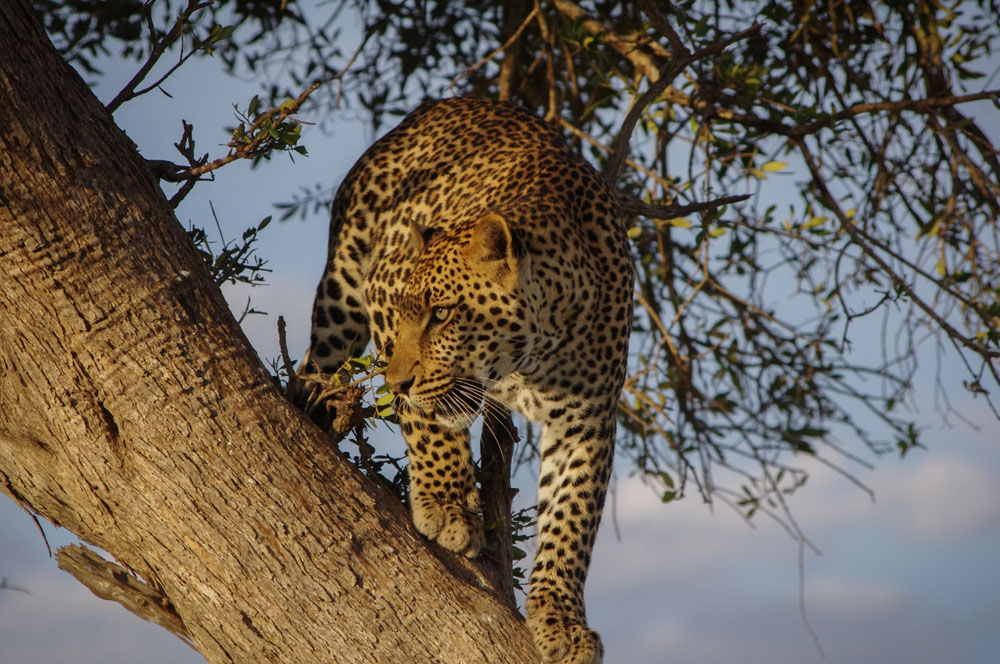
The Ngorongoro Conservation Area is a UNESCO World Heritage Site and home to one of the largest unbroken calderas on the planet (that is not a lake); the Ngorongoro Crater. The caldera was formed about two million years ago when a towering volcano collapsed inward, forming an unbroken with 2000 feet (600 meters) high rim. The resulting natural amphitheater hosts a high drama of predator and prey enacted on a grand canvas.
Wildlife in the Ngorongoro Conservation Area can be seen all year round, with the Ngorongoro Crater as the epicenter. Huge herds of ungulates dominate the crater floor; zebras, wildebeests, elands, Grant’s and Thompson’s gazelles being the most commonly seen species. A large number of them participate in the Great Wildebeest Migration. The crater is also home to the “Big Five,” Leopards are rarely seen as they prefer staying in the forests on the crater rim. Elephants, lions, and buffaloes are often spotted inside the crater. The Crater is also one of the best places to see the endangered black rhino.
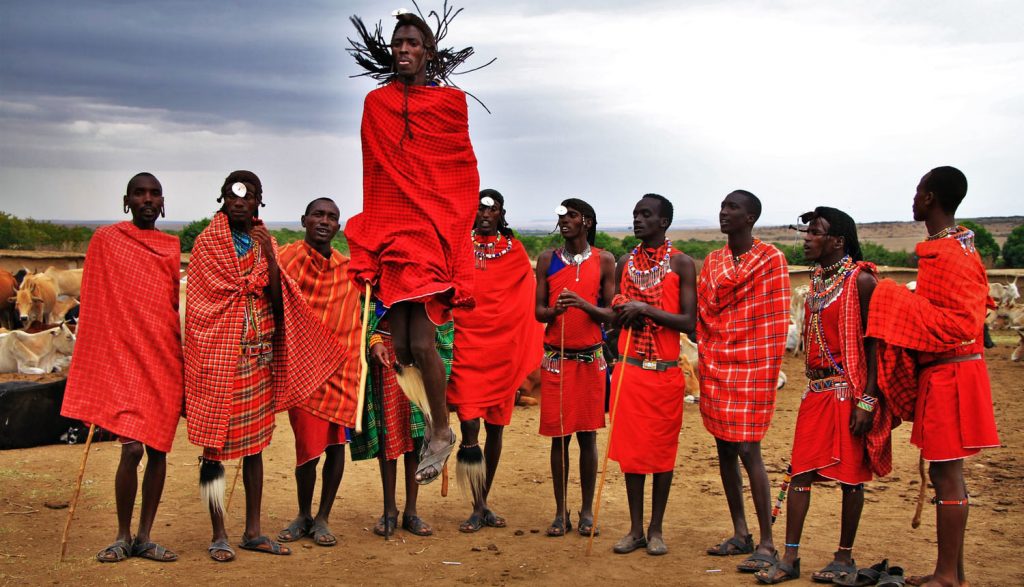
A highly visited safari attraction, the Conservation Area is far more than just a simple game-viewing destination (although in this area it excels). Key to its enduring appeal as a safari destination is the sheer variety of experiences that can be had within the reserve. A part of the Serengeti ecosystem was separated from the Serengeti National Park in 1959 to enable the harmonious co-existence of man and his wildlife neighbors. As a conservation area rather than a national park, the Ngorongoro Conservation Area is unique in that it is a park in which people and animals live side by side. Approximately 40,000 people live in the conservation area and share the land with an incredible amount of wildlife.
Amazingly, human footprints have also been discovered in and around Ngorongoro dating as far back as 2-3 million years ago. These early scattered bands of hunter-gatherers were later followed by Mbulu pastoralists and the Datooga tribesmen, and most recently, the Maasai. The local Masai tribesmen continue to live in harmony with the animals that call the park home.
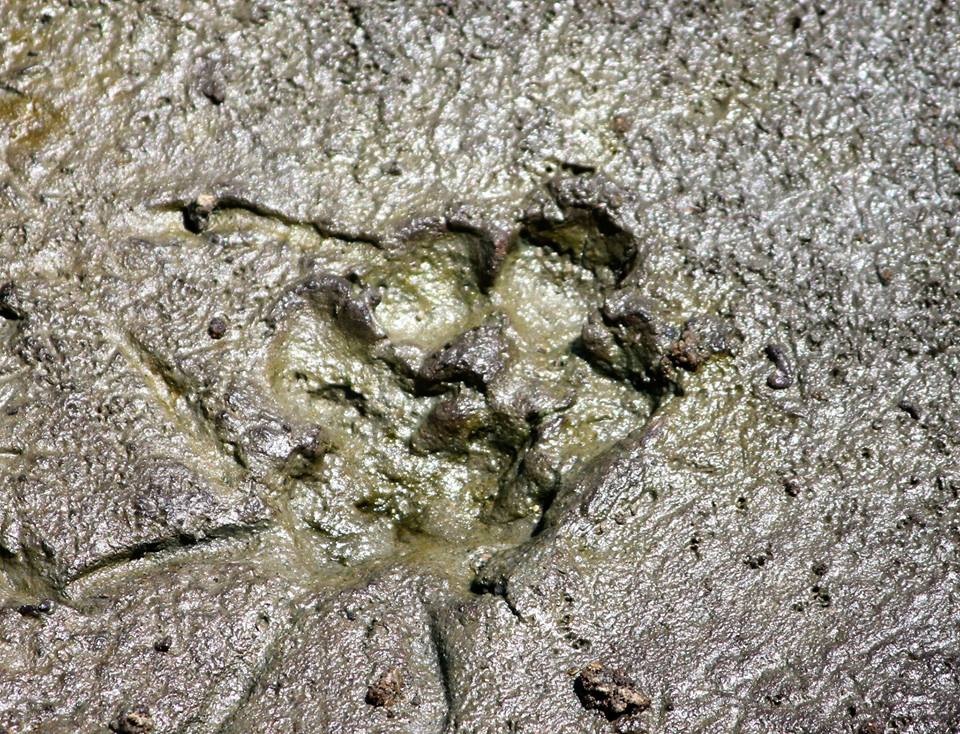
At Karibu Africa Safaris, in addition to the wildlife crater tour, we offer a variety of day trips and excursions such as guided hikes, cultural visits, and archaeological sites available that you can book on top of your safari experience.
The crater floor consists of a number of different habitats that include grassland, swamps, forests, and Lake Makat (Maasai for ‘salt’) – a central soda lake filled by the Munge River. All these various environments attract wildlife to drink, wallow, graze, hide or climb. Although animals are free to move in and out of this contained environment, the rich volcanic soil, lush forests, and spring source lakes on the crater floor (combined with fairly steep crater sides) tend to incline both grazers and predators to remain throughout the year.
Ngorongoro Crater: Wildlife Highlights
Ngorongoro Crater is one of the most likely areas in Tanzania to see the endangered Black Rhino, as a small population is thriving in this idyllic and protected environment. It is currently one of the few areas where they continue to breed in the wild. Your chances of encountering leopards here are also good, and fabulous black-maned lions. Many flamingos are also attracted to the soda waters of Lake Magadi.
Ngorongoro Crater: Maasai village trips
Part of the reason behind the Ngorongoro Conservation Area has been to preserve the environment for the Maasai people who were diverted from the Serengeti Plains. Essentially, nomadic people, build temporary villages in circular homesteads called bomas. There are possibilities to visit a couple of these now, which have been opened up for tourists to explore. Here you can see how the huts are built in a strict pattern of order according to the chronological order of the wives, and experience what it must be like to rely on warmth and energy from a fire burning at the heart of a cattle dung dwelling with no chimney. These proud cattle-herding people have a great history as warriors, and even though they are no longer allowed to build villages inside, they continue to herd their cattle into the crater to graze and drink, regardless of the predators nearby.

